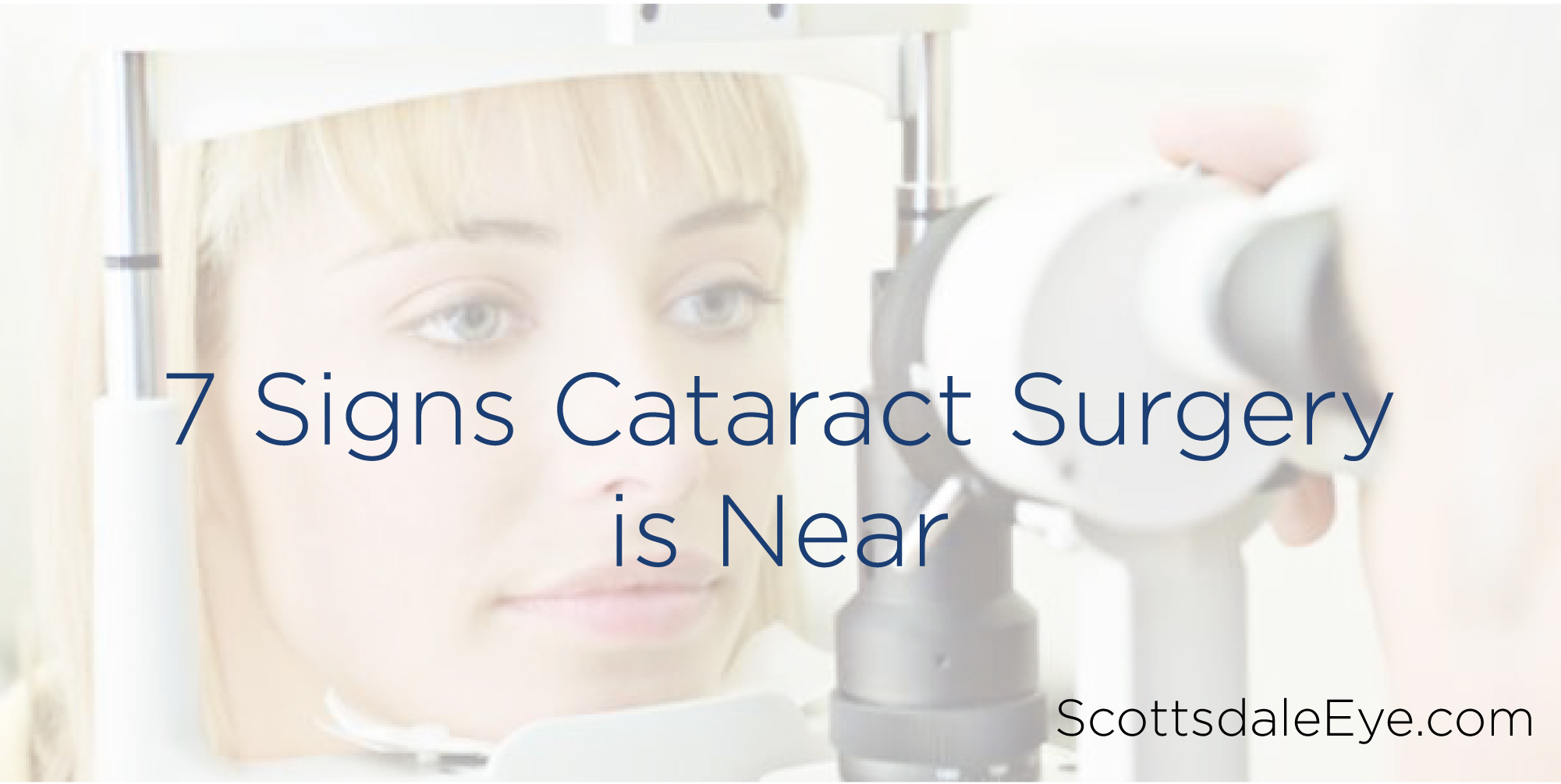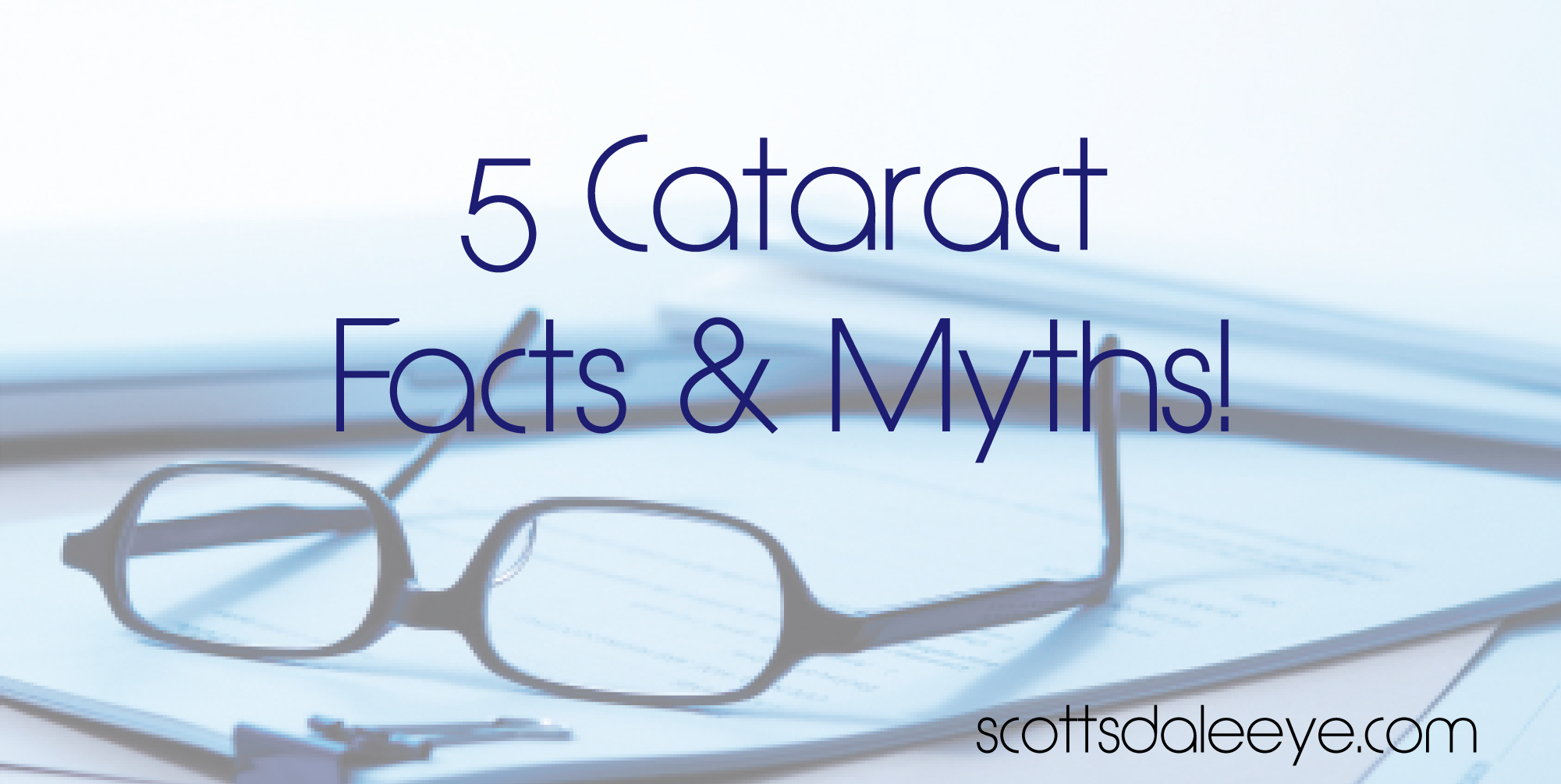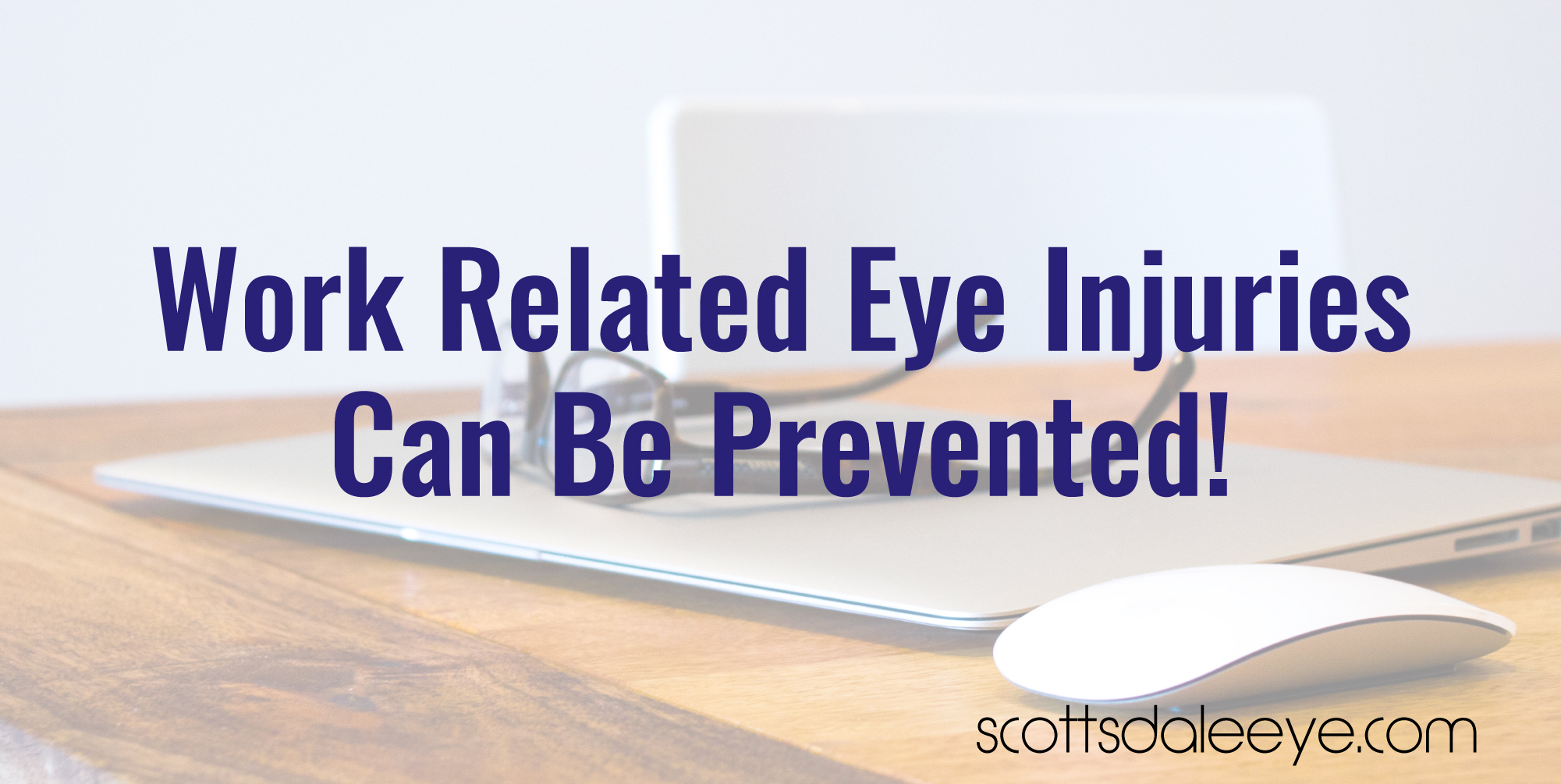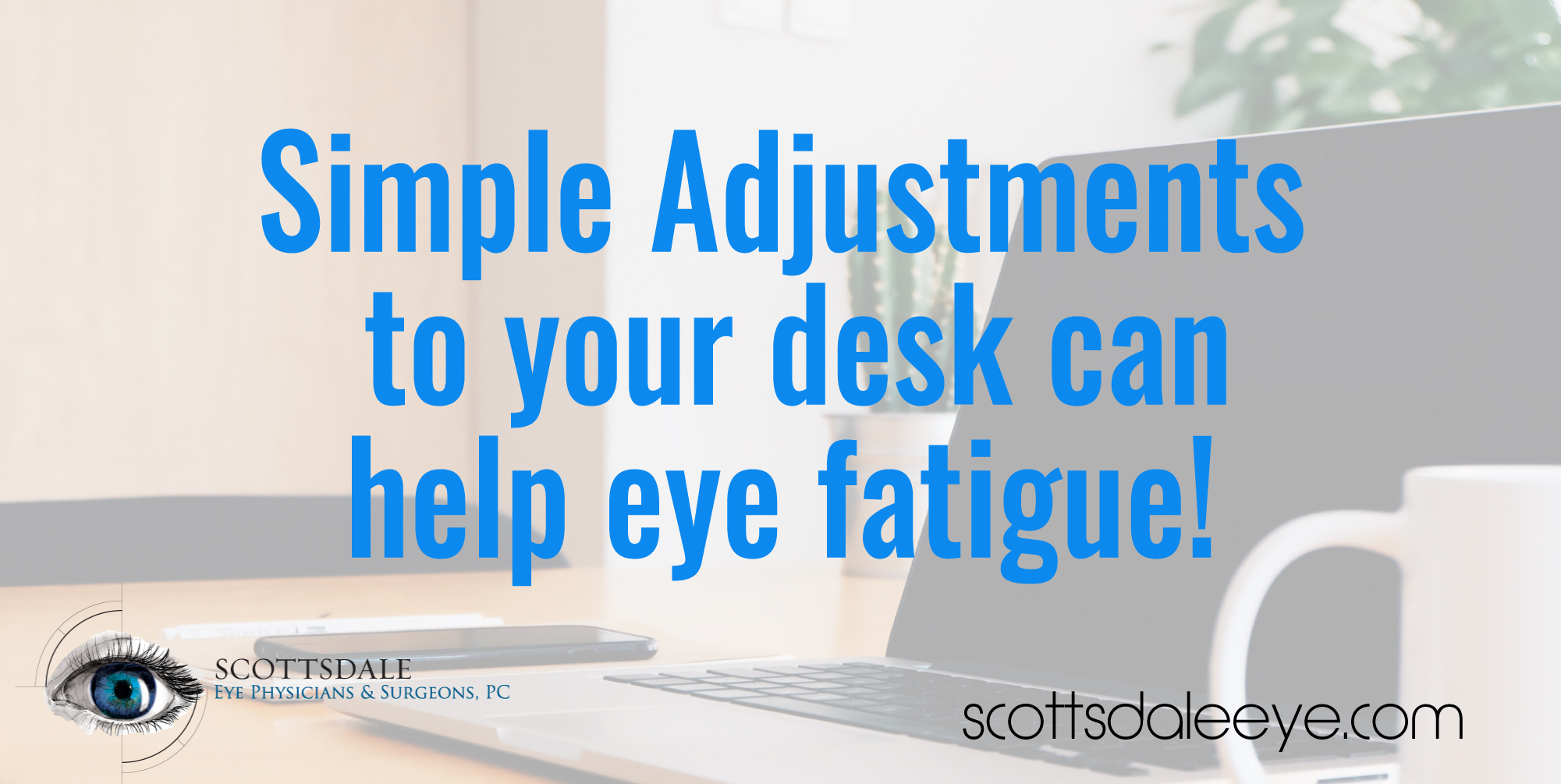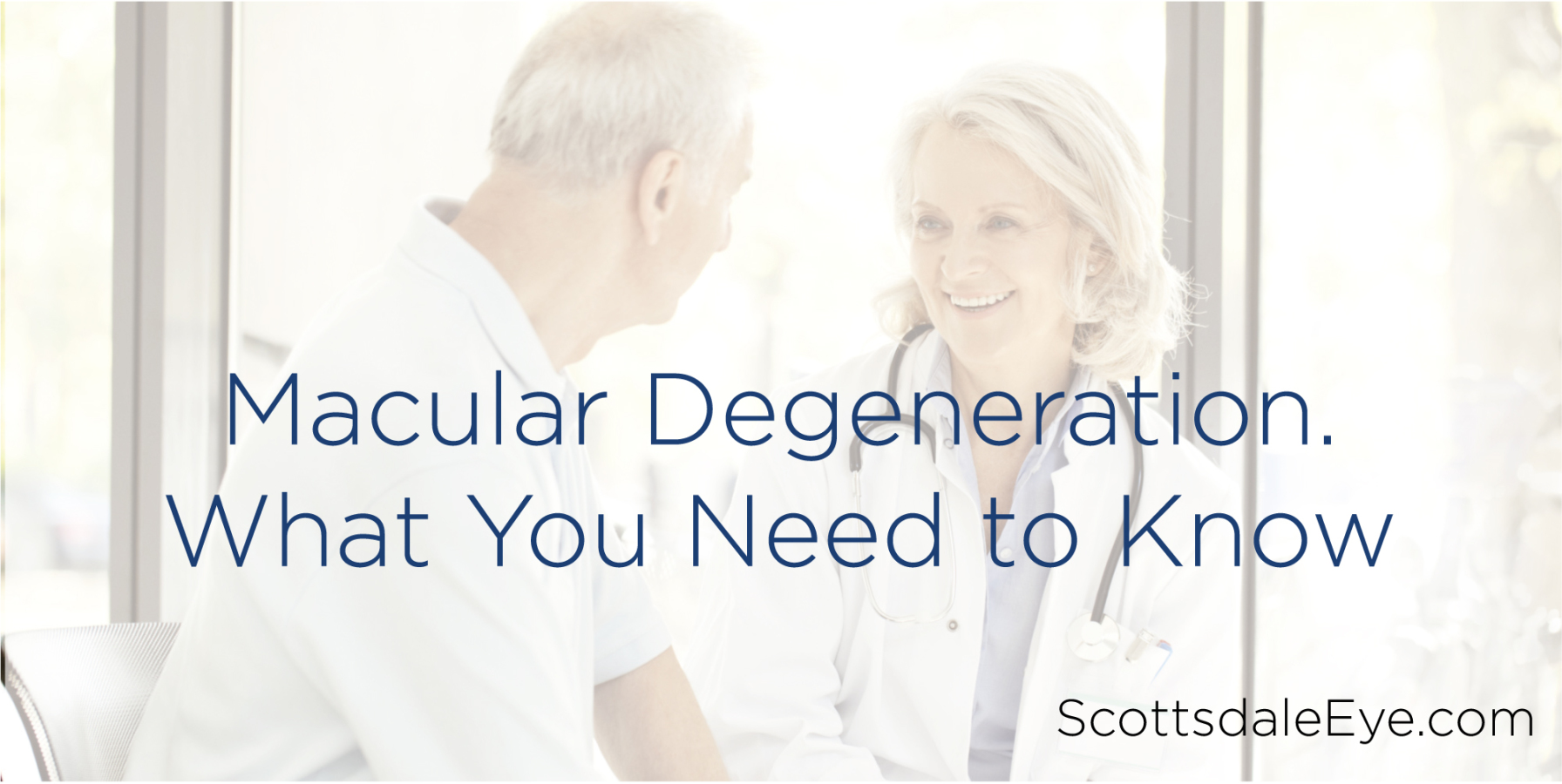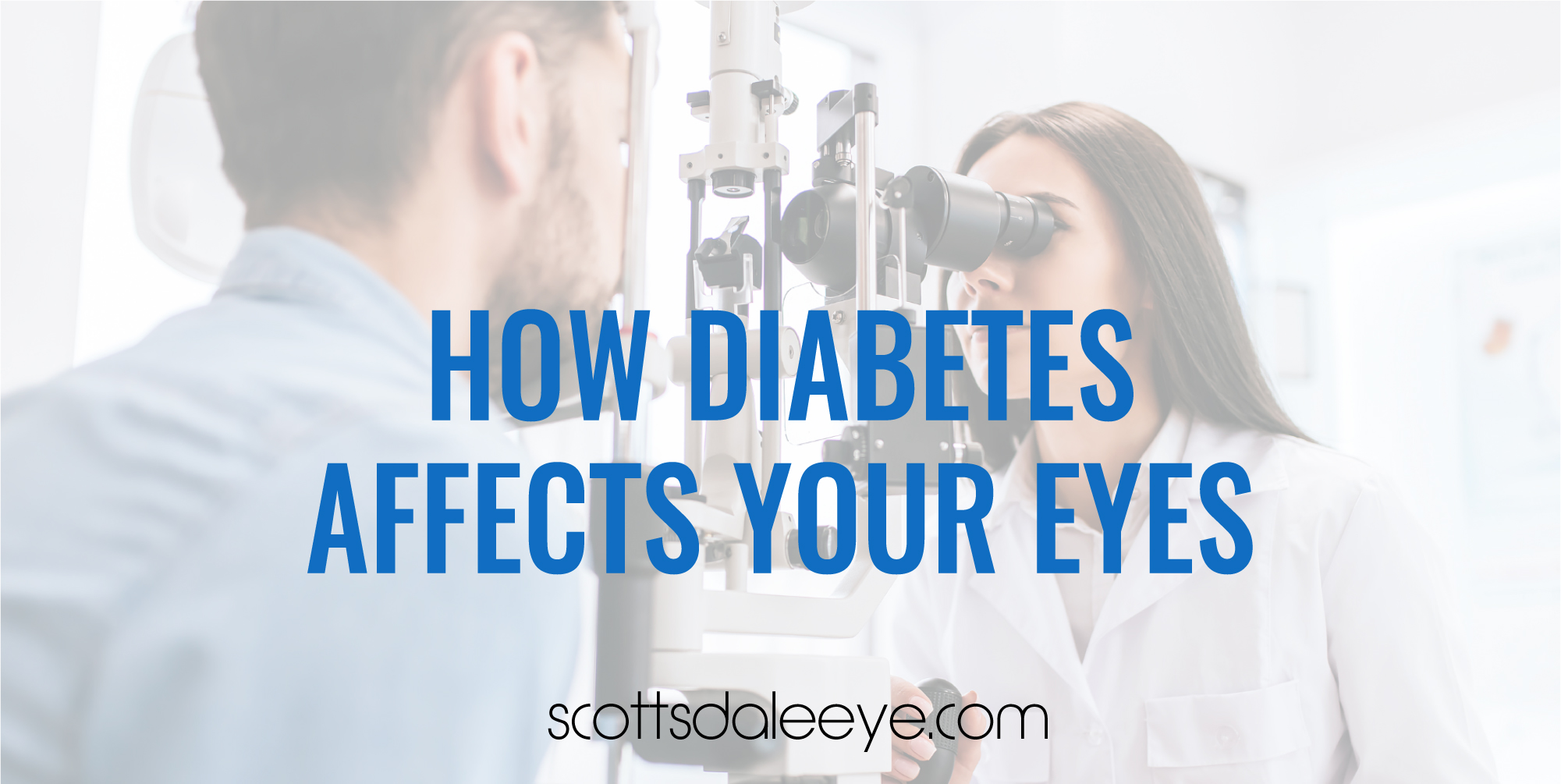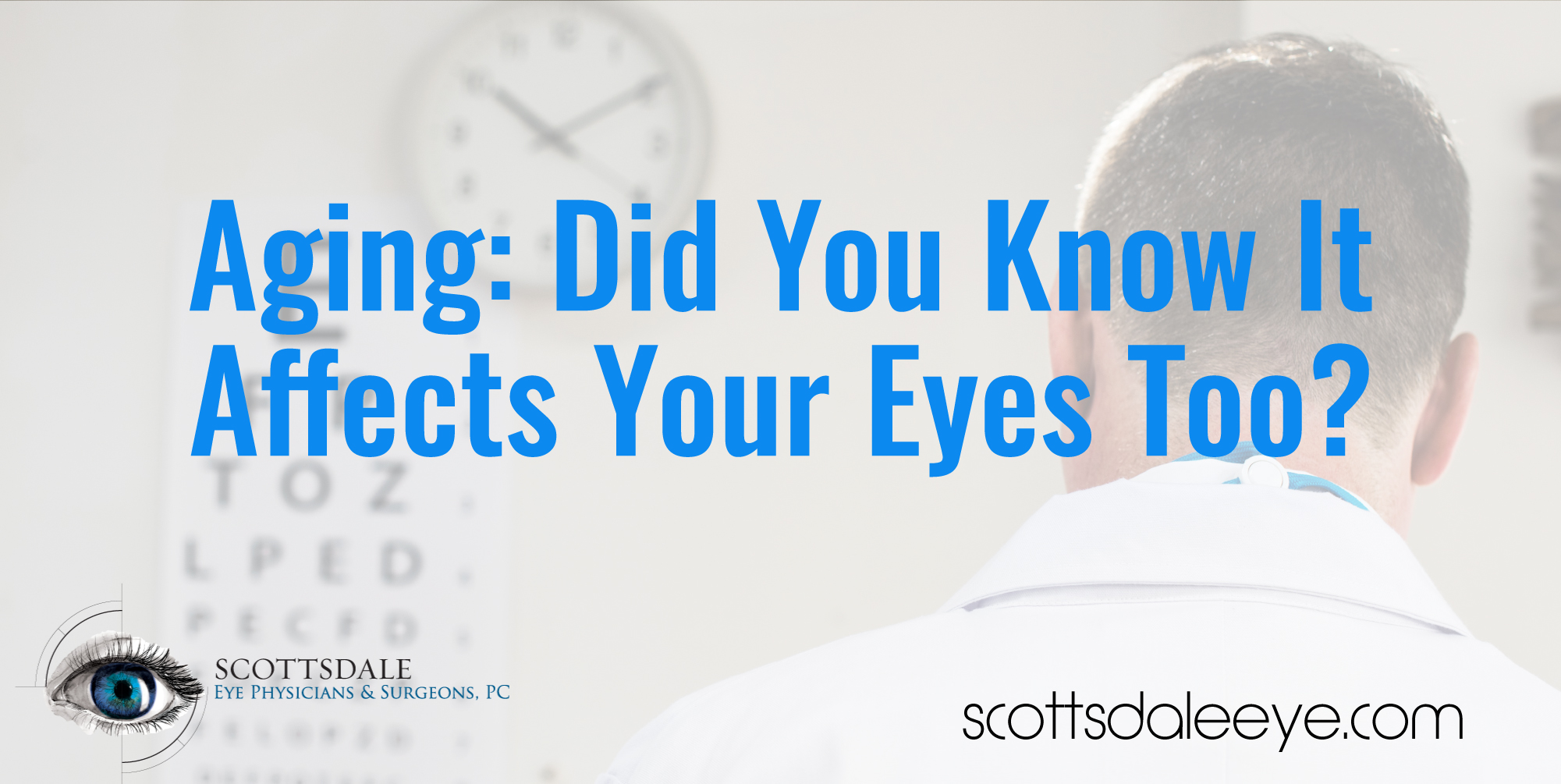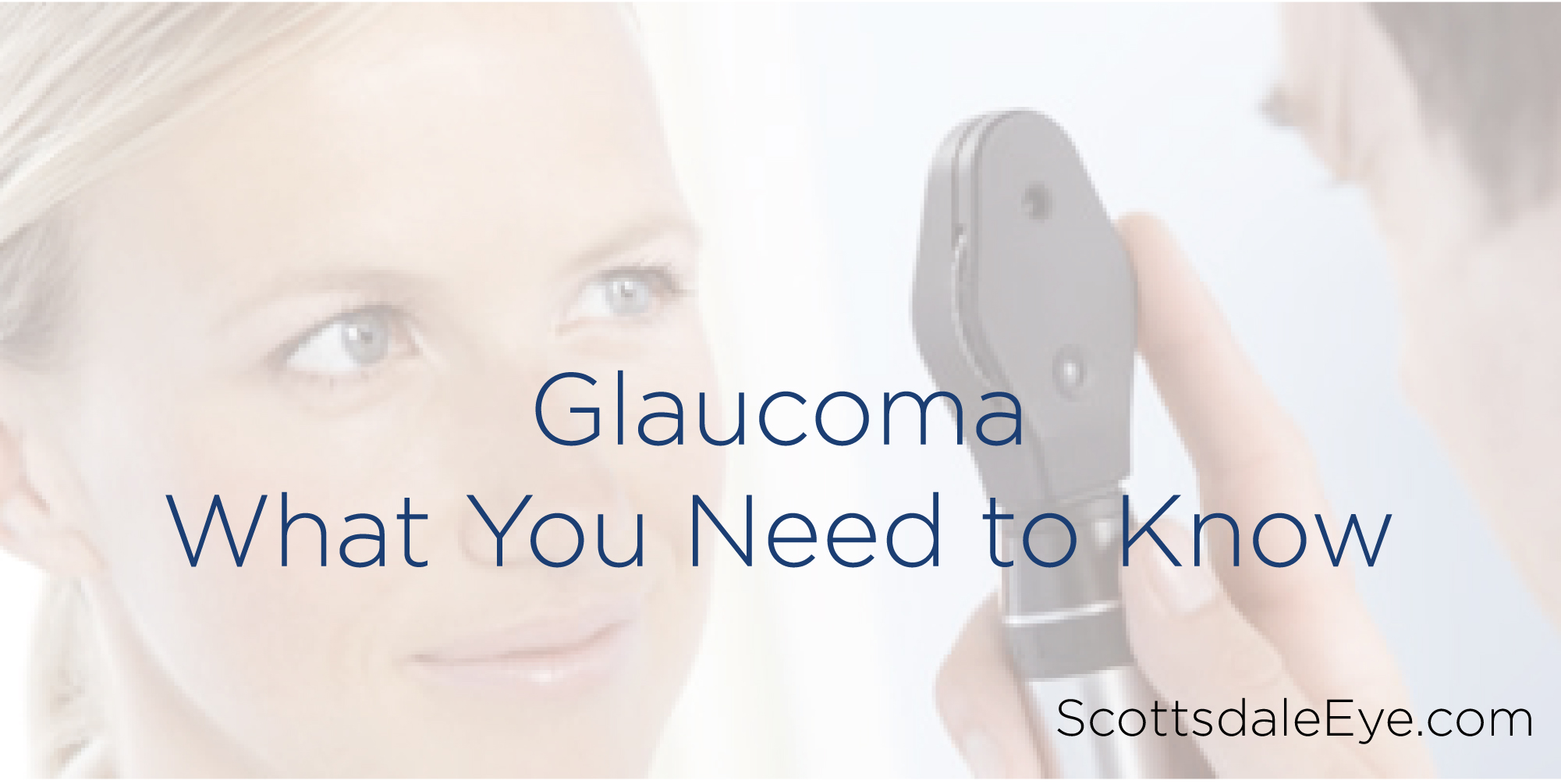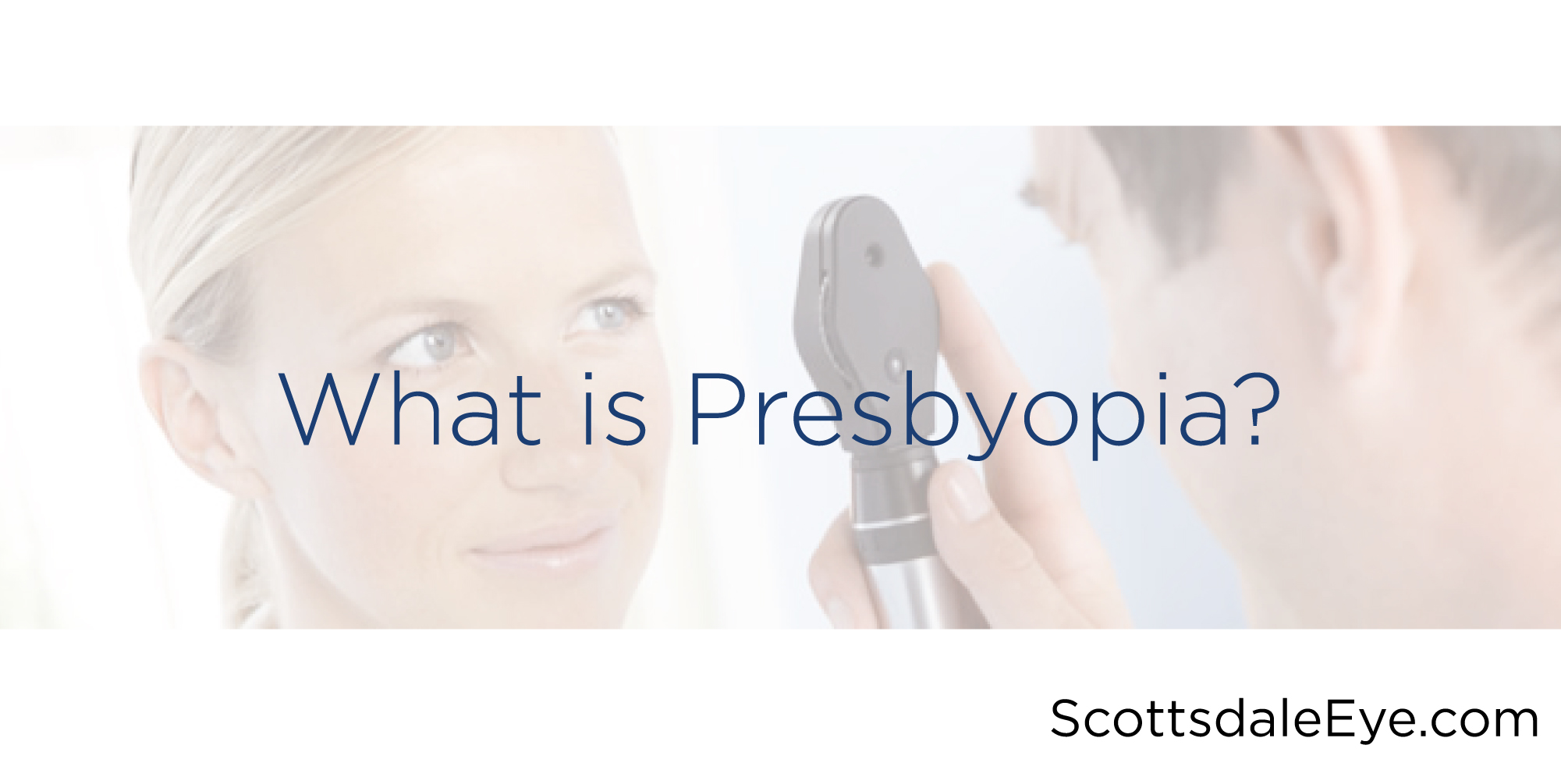Cataracts are one the leading causes of vision loss in the U.S. By age 65 most people have some degree of cataract development. But cataract surgery is an easy pain free procedure!
What is a Cataract?
A cataract is the gradual clouding of the natural lens inside your eye, which allows less light to pass through the eye, causing blurred vision. Cataracts form naturally as we ate and most people will start to notice clouding in the lens as early as 40 years of age! But not to worry cataract surgery is one of the most common ophthalmic procedures performed with more than 4 million procedures done per year in the U.S.
How will I know if I have Cataracts?
One of the most frequently asked questions of Dr. Kilpatrick is, “How will I know when it is time for cataract surgery?“ We have put together a list of 7 signs that cataract surgery is near.
1. Vision is not clear even when wearing your best prescription eyewear.
2. Uncomfortable glare, especially at night.
3. Blurred vision. Example: reading news ticker on the bottom of the TV screen.
4. Trouble reading up close.
5. Color vision is affected. Blues and purple appear too dark. Whites appear creamy or beige. This tends to happen slowly, which might make it hard to notice until after surgery is performed.
6. Needing more light than usual to read.
7. Near sightedness increasing quickly, causing frequent eyeglass changes.
To diagnose cataracts you will need to have a cataract evaluation, in which Dr. Kilpatrick will perform a few standard tests to determine if cataracts are present. Early cases of cataracts may be treated with stronger eyeglasses, brighter lighting at home and magnifying reading lenses. This can improve your vision but will not directly treat cataracts. If your cataracts are significantly impairing your vision then it may be time for cataract surgery. For more information about Cataracts click here!
Call 480-994-1872 to schedule your free Cataract Consultation! Our knowledgable team will go over everything you need to know about Cataract Surgery and all of your options!

